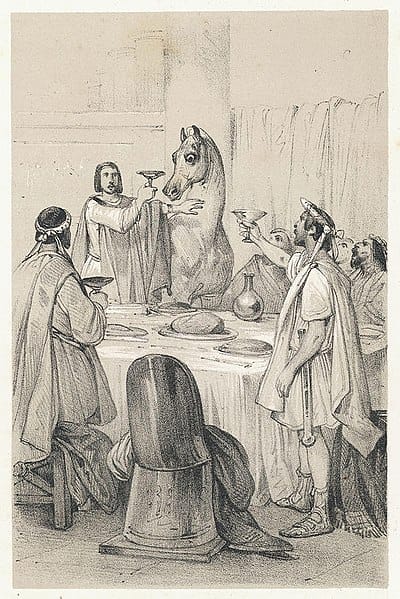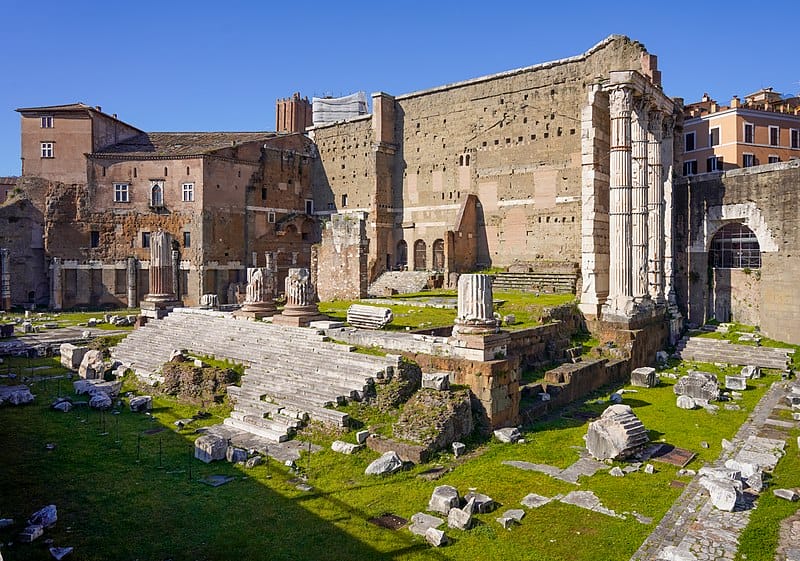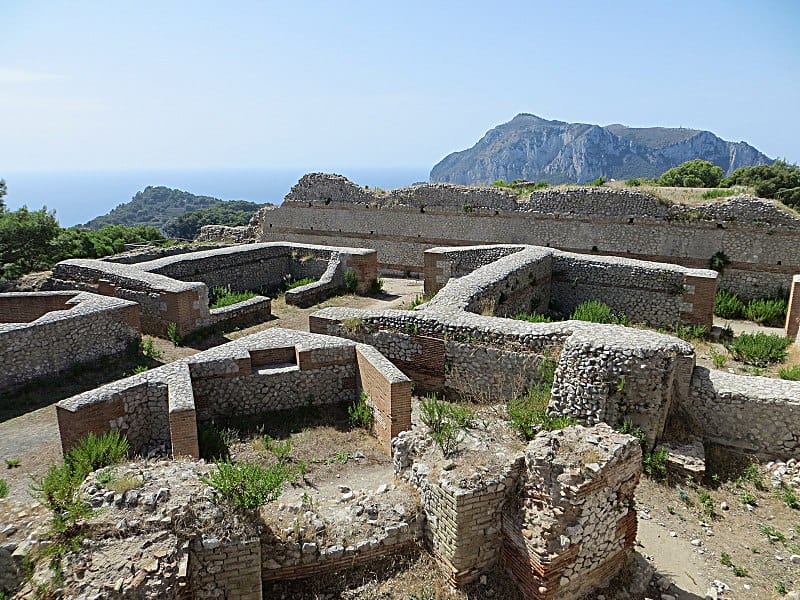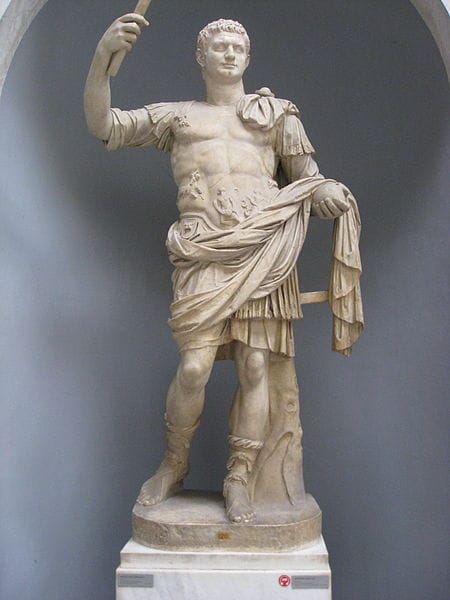The ancient Romans loved animals, and their emperors were no exception. Many Roman emperors kept pets. Some had usual and some had exotic animals. These pets played the same roles in the lives of the emperors as our pets play in ours.
Key Takeaways
- Pets were an important part of life in ancient Rome and were kept by people from all walks of life.
- Many of the Roman emperors kept pets, ranging from dogs and cats to exotic animals like monkeys and parrots.
- Some emperors, such as Nero and Domitian, took their love of animals to the extreme, while others, like Caligula, were known for their eccentricities when it came to their pets.
The Role of Pets in Ancient Roman Society
Pets were valued in ancient Roman society since they were also symbols of wealth and status but some even had religious significance.
Symbols of Wealth and Status
Wealthy Romans would keep exotic animals to prove how rich they were and to improve their social status. Some of those animals were lions, tigers, and bears. Since these animals were very expensive to get and maintain, just owning them was a sign of someone’s power.
Religious Significance and Rituals
Pets were also important for Roman religion. Like today in some religions, some animals in Rome were considered sacred and were used in religious rituals. Diana, a Roman goddess, on almost every picture, had a dog by her side, and Mars had wolves. Some other animals also played roles in Roman religion.
Companionship and Domestic Life
But, like today, people also kept pets for their companionship. And like today, there was a variety of pets, different in different parts of the Empire. Somewhere, the pets were dogs, cats, birds, and somewhere monkeys. These animals were often treated as members of the family.Also, like today, the Roman people mostly had dogs.
Famous Imperial Pets and Their Stories
Incitatus the Horse

One of the most famous, or the most infamous, stories about any pet in the Roman Empire is of course, about Caligula. Caligula’s horse, Incitatus, is probably the most famous pet in Roman history. According to some historians, Caligula adored that horse. The emperor lavished Incitatus with a marble stall, an ivory manger, and even a house.
Caligula, known for his eccentric behavior, adored Incitatus and showered the horse with luxuries that would be extraordinary even for a human. The horse was also fed oats mixed with gold flakes, in a desire to display wealth and power.
Caligula’s plans to make Incitatus a consul, though likely exaggerated or symbolic, highlighted their relationship. This, probably fake story only showed how little Caligula cared about the Senate, and how Roman historians tried to make him a complete madman. The story of Incitatus became a symbol of Caligula’s fight for power against the Senate. The fight didn’t end with his death.
Despite the exaggerations surrounding Incitatus, his name has become synonymous with luxury and extravagance. So, in the end, the Senate and historians writing about Caligula won the battle since he is today portrayed as a complete madman. And the story about the horse is one of the biggest proofs of that theory.
Augustus and Rufus
Augustus, the first emperor of Rome, had a few important relationships in his life. And one of the most important living beings in his life was his pet dog, Rufus. There are many stories confirming that Augustus was so fond of Rufus that he would often bring him as a companion to meetings and even public events. Rufus was said to have been a small, white dog that was often seen on Augustus’ lap. Please, do not imagine Idefix from Asterix.
Rufus was someone who awakened the other side of Augustus. The emperor, who was known as a stern and disciplined leader, had a softer side. And Rufus the one who showed us that side.

Source: NikonZ7II, CC BY-SA 4.0 https://creativecommons.org/licenses/by-sa/4.0, via Wikimedia Commons
But there was one awful truth that every dog owner tries to avoid. Dogs live shorter than humans. The legend says that when Rufus passed away, Augustus was so sad that he ordered a statue of the dog to be erected in his honor. This statue was even placed in the Temple of Mars Ultor. When someone loves his dog…
Nero’s Menagerie
Nero, the infamous Roman Emperor, was known for his extravagant lifestyle. And what extravagant lifestyle doesn’t include a menagerie of exotic animals? Although there are some, exaggerations, stories say that his collection of animals was one of the largest ever.
This group of animals included lions, tigers, elephants, and giraffes. In Nero’s heart, there was a special place for leopards. One story tells that Nero had a favorite leopard whom he would visit every day to feed and play with.
But why have so many animals if you can’t brag with your property? Nero would often parade his exotic pets through the streets of Rome. He hoped to gain more popularity by showing his wealth and power.

But besides from showing, these animals were also often used in games, hosted by Nero. That way he wanted to improve his reputation and he held games in the Colosseum and other venues. The emperor’s games were notorious for their brutality, and many animals didn’t survive. If this seems dark, there is an even darker side, at least according to some historians. Nero would sometimes order the torture and killing of animals as a form of amusement. Pretty horrific person indeed.
Tiberius and His Monkeys
Emperor Tiberius, one of the most controversial Roman emperors, really loved monkeys. In his infamous villa on the Isle of Carpi, Tiberius kept a collection of monkeys. And they were treated with special care.
According to Cornelius Celsus, a Roman physician, Tiberius was interested in monkeys and their behavior. Tiberius firmly believed that monkeys were intelligent creatures and could be trained to perform various tasks. Which was true.

Source: Mister No, CC BY 3.0 https://creativecommons.org/licenses/by/3.0, via Wikimedia Commons
Tiberius’ love for monkeys was not limited to his personal collection. It looks like he wanted to establish a new trend in Rome. He would gift monkeys to other members of the Roman elite. Any gift from the Emperor was considered valuable, but monkeys even more, since Tiberius’s love for them was well-known.
Domitian and the Parrots
Emperor Domitian had a pet parrot that was famous because it could mimic human speech. The parrot was trained to speak, and it became quite popular in Rome. This parrot was a mix of companions for the emperor and entertainment for others.

Source: Jackknife Barlow, CC BY 2.0 https://creativecommons.org/licenses/by/2.0, via Wikimedia Commons
Domitian’s interest in parrots as exotic pets was part of his love for luxury. Exotic birds from distant lands like India and Africa, were status symbols among the Roman elite. But Domitian didn’t only buy parts. He took great delight in training his parrots to mimic phrases and he felt great joy when these parrots accomplished these goals.
People Also Ask:
What types of animals did Roman emperors commonly keep as pets?
There was a variety of animals as pets, including dogs, cats, birds, monkeys, and even exotic animals such as lions and tigers. However, dogs were the most common pets kept by the emperors. They were used for hunting, guarding, and as companions.
Are there any records of unusual pets owned by Roman emperors?
Yes, there are records of some unusual pets owned by Roman emperors. For example, the emperor Caligula was known to have owned a horse named Incitatus, which he treated as a member of the royal family. He even appointed the horse as a consul and had a marble stable built for it. Another emperor, Elagabalus, kept a pet lion in his palace.
How did Roman emperors’ choice of pets reflect their status and power?
The choice of pets owned by Roman emperors was often a reflection of their status and power. Owning exotic animals such as lions and tigers was a way to demonstrate their wealth and power while owning dogs and other domesticated animals showed their ability to control and train animals. Additionally, some emperors used their pets as symbols of their authority, such as Caligula’s horse being appointed as a consul.
Did the pets of Roman emperors hold any symbolic significance?
Yes, the pets of Roman emperors held symbolic significance. For example, the eagle was a symbol of power and authority and was often depicted on coins and other imperial regalia. Additionally, dogs were often depicted in art and literature as loyal and obedient, which was a desirable trait for an emperor’s pet.
How were pets treated in the households of Roman emperors compared to the general populace?
Pets owned by Roman emperors were often treated better than those owned by the general populace. They were given special food, housing, and medical care, and were often pampered and spoiled. However, the treatment of pets varied depending on the emperor and the time period, and some emperors were known to mistreat their pets.
Hello, my name is Vladimir, and I am a part of the Roman-empire writing team.
I am a historian, and history is an integral part of my life.
To be honest, while I was in school, I didn’t like history so how did I end up studying it? Well, for that, I have to thank history-based strategy PC games. Thank you so much, Europa Universalis IV, and thank you, Medieval Total War.
Since games made me fall in love with history, I completed bachelor studies at Filozofski Fakultet Niš, a part of the University of Niš. My bachelor’s thesis was about Julis Caesar. Soon, I completed my master’s studies at the same university.
For years now, I have been working as a teacher in a local elementary school, but my passion for writing isn’t fulfilled, so I decided to pursue that ambition online. There were a few gigs, but most of them were not history-related.
Then I stumbled upon roman-empire.com, and now I am a part of something bigger. No, I am not a part of the ancient Roman Empire but of a creative writing team where I have the freedom to write about whatever I want. Yes, even about Star Wars. Stay tuned for that.
Anyway, I am better at writing about Rome than writing about me. But if you would like to contact me for any reason, you can do it at [email protected]. Except for negative reviews, of course. 😀
Kind regards,
Vladimir
